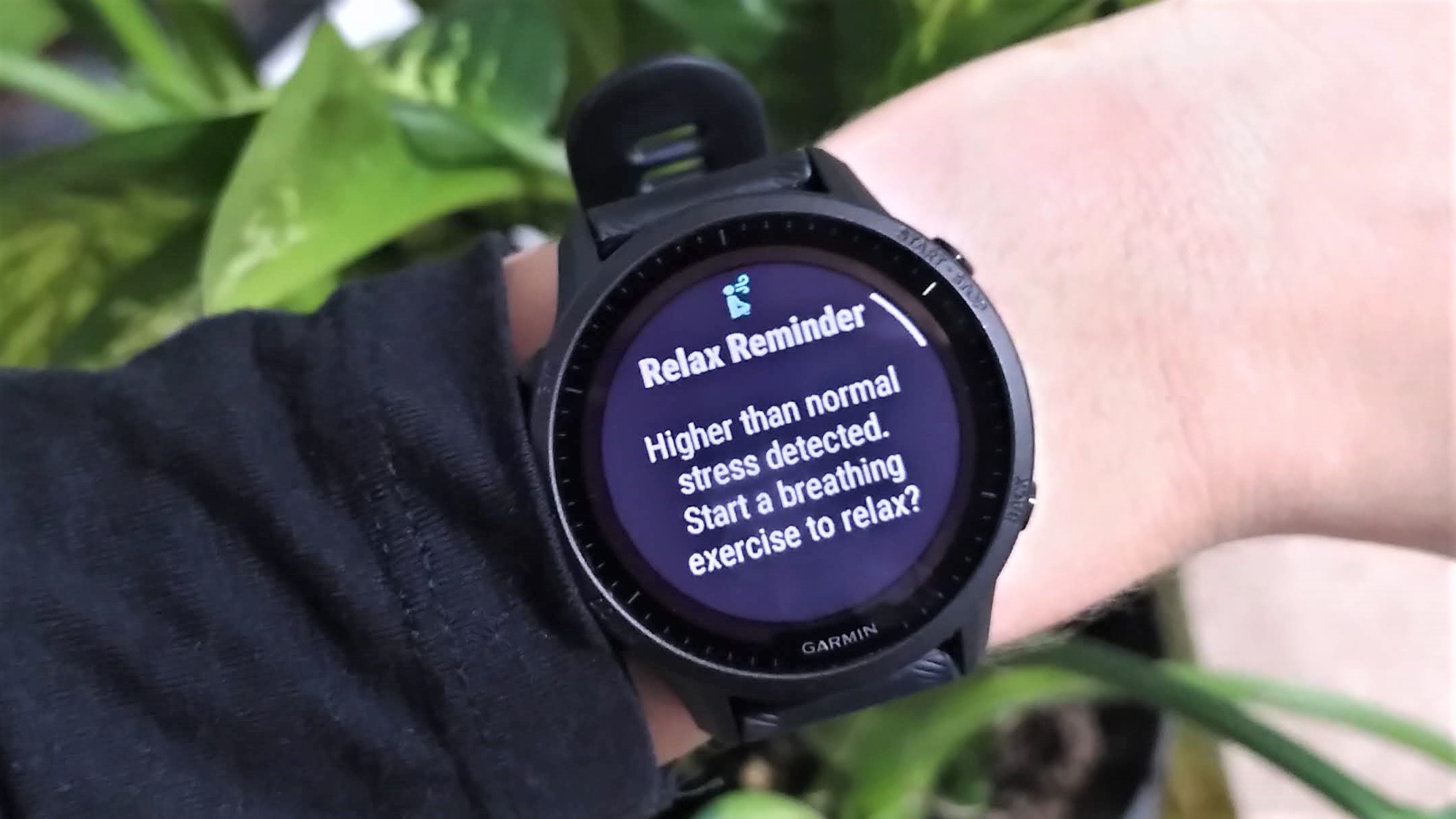If your Garmin watch is giving you strange stress warnings, don't ignore them
Garmin's watches aren't medical devices, but their all-day stress monitoring might warn you if you're starting to get sick

All of the best Garmin watches released in recent years offer real-time stress tracking, which can help you understand how your body is responding to challenges throughout the day. While you're wearing it, the watch measures your heart rate and heart rate variability, compares these to your baseline, and checks whether they are in line with what would be expected for you.
I've been using Garmin devices for a long time, so the software has built up a good picture of my general HR and HRV values, and I very rarely stray into 'high' stress territory. The few times I recall it happening were before a job interview, and after hiring a mountain bike on vacation that sounded like it might rattle itself to pieces at any moment.
I was therefore a bit surprised earlier this week when the Garmin Forerunner 955 I was testing prompted me to try a breathing exercise to reduce my stress levels, but the UK (where I live) was in the middle of a heatwave and the algorithm can't tell why your physiology might have changed, so I wrote it off.
Two days later it happened again. The weather had cooled off. so that was no longer the cause, and although I'd developed a sniffle. I put that down to allergies. Then I lost my sense of taste. You can tell where this is going.
Early warning?
Of course, Garmin watches aren't medical devices and can't be used to diagnose or treat any kind of condition. However, if I'd realised the significance of those early stress warnings I might have taken a lateral flow test sooner, or chosen to self-isolate earlier.
There's certainly plenty of research happening using data from fitness trackers and sports watches that could be useful for detecting and monitoring illness in future. Garmin is one of several companies contributing data to a study by the University of Nottingham investigating the impact of Covid-19 on running, training, and recovery, and in 2020 it took part in a study by the Stanford Healthcare Innovation Lab aiming to determine whether wearables can detect signs of the virus before people become symptomatic.
The results of the Stanford study have since been published in the journal Nature Biomechanical Engineering, and suggest that consumer wearables could indeed be used for large-scale real-time detection of respiratory infections – often before the onset of symptoms.
Advnture Newsletter
All the latest inspiration, tips and guides to help you plan your next Advnture!
The biggest giveaway is a significant rise in resting heart rate, and looking at the Forerunner 955 now, I can see that my heart rate is significantly higher than I'd expect it to be while sitting. The watch has also alerted me to 'high' stress during activities like brushing my teeth and changing a pillowcase, and even though I've not done any training this week (initially because it was so hot, and then because I felt lousy), my training status is 'Recovery' rather than the expected 'Detraining'.
If I get an unexpected stress warning again, I'll definitely consider more carefully what it might mean, and whether there's anything I might be able to do to help keep those around me safe. Just in case.
- Best GPS watches: for running, hiking, and much more

Cat is Homes Editor at TechRadar and former editor of Advnture. She's been a journalist for 15 years, and cut her teeth on magazines before moving online. She helps readers choose the right tech for their home, get the best deals, and do more with their new devices.
